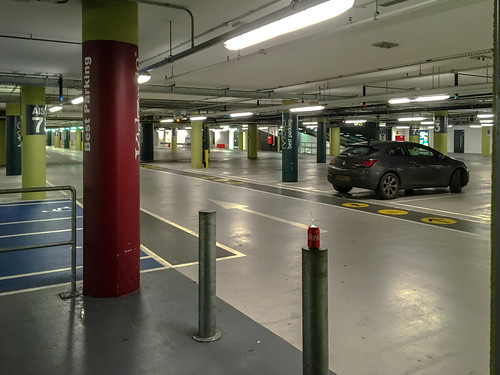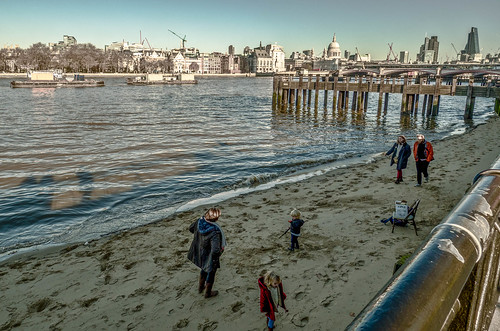
A trip to the mall on Sunday. The big stores don't open until midday, although the smaller ones are open from 10am. We drove through sleepy London streets and parked ahead of many other shoppers, although by the time we returned to the car the surrounding car park had filled.
I discovered a few of the reasons for a decline in walk-in shopping.
The malls have long taken a kind of Las Vegas approach to the internals of the individual stores. Walk around a casino in Vegas and it's impossible to see daylight or the exits. A deliberate design to keep you there longer. In general the mall stores adopt a similar approach, except they don't serve free beverages.
Keep em guessing about where the checkout is. A stupid idea, which this weekend cost D*******s some sales created by the frustration of having signage pointing to non-existent checkouts.
Don't put staff in areas where there might be questions. Another large store favourite. I did see a few personal shopper types being escorted around, but they would have had a somewhat grander budget.
Display goods in the windows which are out of stock. The objective is to get people inside, right?
For clothing, include long racks of clothes with a 'From' labelling on the head of the rack. Ensure one item remains on that rack at the stated price, but boost the price on all the other items.
The above methods are laughingly called retail science, but the ironically named Gruen Transfer and similar tricks don't seem that far removed from snake oil sales.
I could go on, but I think I'll have a coffee and then hit online shopping.























